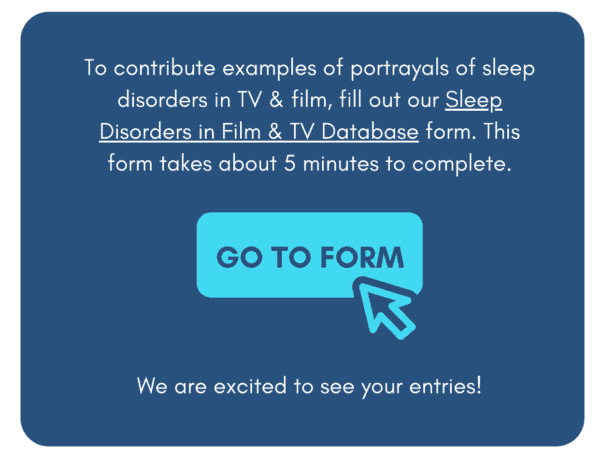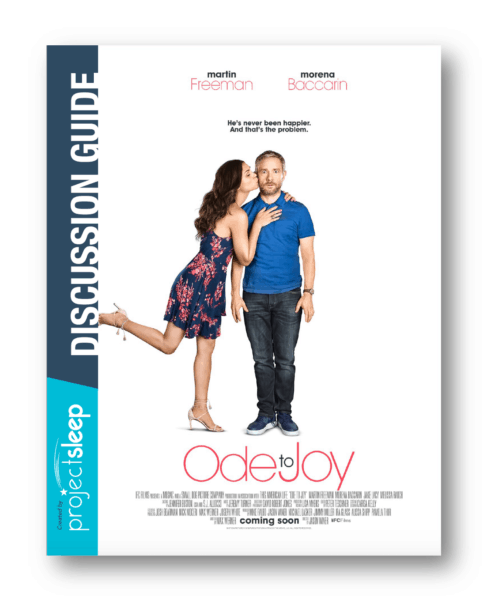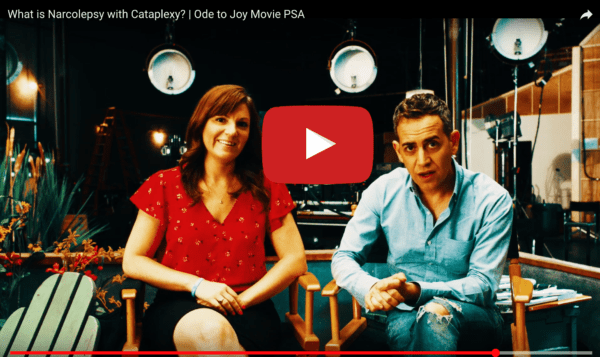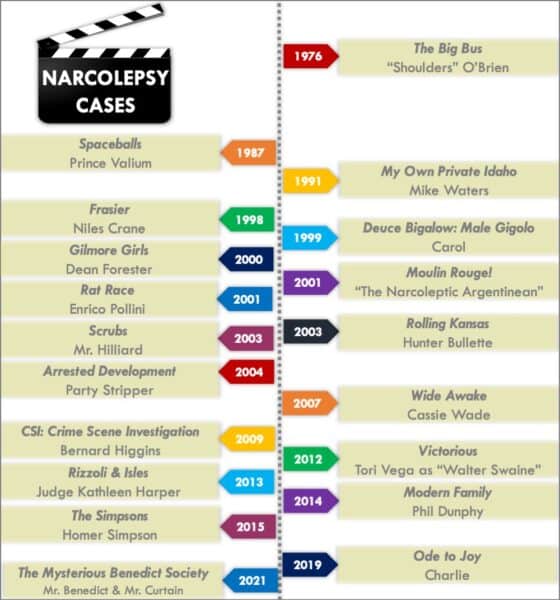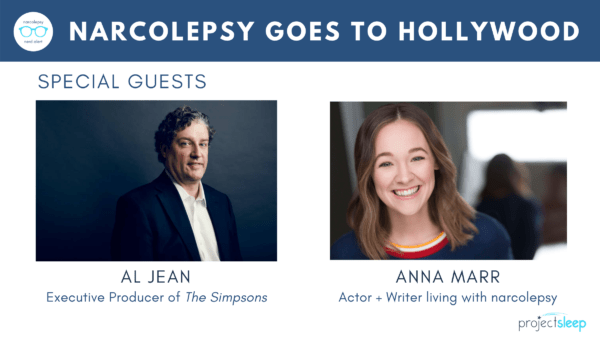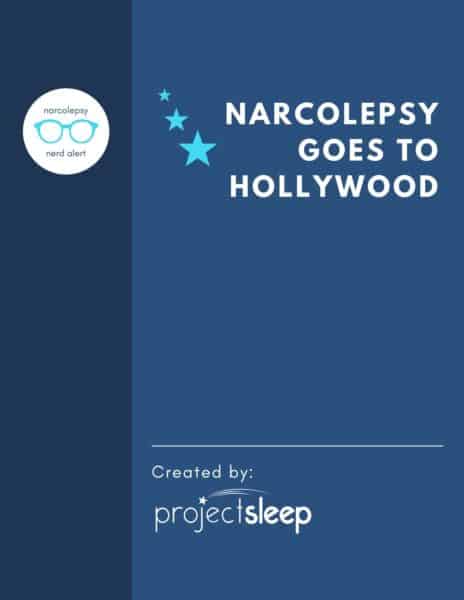Project Sleep’s Partnership with Hollywood, Health & Society for Accurate Sleep Disorder Depictions on TV
In September 2024, Project Sleep launched the Hollywood & Sleep Initiative, a partnership with Hollywood, Health & Society (HH&S), a program of USC’s Norman Lear Center, working with TV writers and producers to revolutionize portrayals of sleep health and sleep disorders in television.
This groundbreaking collaboration seeks to ensure that sleep-related storylines on television are accurate, engaging, and reflective of real-life experiences. With the majority of the 50 to 70 million Americans affected by chronic sleep conditions currently undiagnosed, authentic and impactful media representation is more than just important—it’s essential.
Why Hollywood Matters
All too often, TV and movies offer misleading depictions of sleep disorders, referring to sleep disorders as a punchline or put down, and failing to align with current medical knowledge or real-life experiences. These misrepresentations can have real consequences, leaving millions of people unaware that they could be living with sleep disorders because their symptoms don’t match the exaggerated or inaccurate portrayals they’ve seen on screen.
Hollywood, Health & Society has been a trusted resource for the entertainment industry for nearly 25 years, providing research and expert consultations to enhance the accuracy of TV storytelling. From breast cancer storylines on Superman & Lois to narratives about aging and caregiving on This Is Us, HH&S continues to influence media portrayals that inform and inspire.
Please watch this space! Project Sleep is thrilled to work with HH&S, TV writers, and producers to advance storylines about sleep health and sleep disorders that are accurate, informative and entertaining.
 About Hollywood, Health & Society
About Hollywood, Health & Society
Hollywood, Health & Society is a program of the USC Annenberg Norman Lear Center that provides entertainment industry professionals with free expert information on all aspects of health, safety, and security, through expert consultations and briefings, panel discussions, tip sheets, and more. Supported by the Robert Wood Johnson Foundation and other funders, the program recognizes the profound impact that entertainment has on knowledge, attitudes, and behavior. Learn more at hollywoodhealthandsociety.org.





